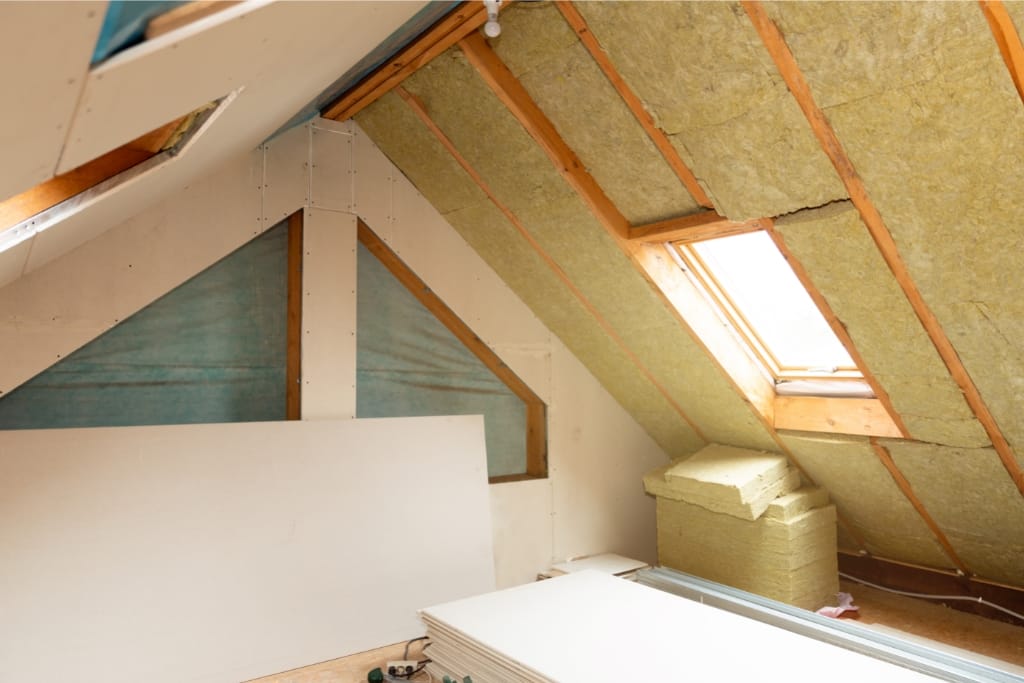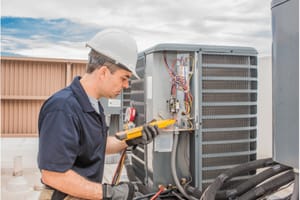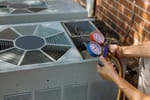As the temperatures drop and winter approaches, it’s important to get your home ready for the cold weather.
Taking a few steps now can help you save money on energy bills and keep your family safe and warm throughout the season.
From servicing your HVAC system to checking your insulation, read on for 10 essential tips for winterizing your home this season.
1)) Check Your Insulation
Make sure your attic and exterior walls are properly insulated, as this is one of the most important steps in protecting your home from cold weather.
In addition, check all windows and doors for air leaks and plug them up with caulk or weatherstripping where needed.
2)) Clean Out Gutters
If your gutters are full of leaves and other debris, they won’t be able to do their job properly which can cause ice dams to form on your roof during winter storms.
Take the time now to make sure they’re clean of any buildup before it gets too cold outside.
Pro Tip: While it may seem like an easy task that can be done on your own, the truth is that it can be very dangerous.
Gutters are typically situated at an elevation and require ladders or scaffolding to access.
There is a great risk of falls, slips, and other injuries while attempting to clean them.
If the gutters are clogged with debris and left uncleaned, they could cause water damage to the home’s foundation or even lead to mold growth in attics and basements.
Professionals have all the tools necessary to safely and effectively maintain gutters so that proper drainage can occur.
3)) Inspect Your Roof
Take a look at your roof for missing, damaged, or curling shingles that need repair or replacement – if left unchecked these issues can lead to water damage inside the house during rainy days and when the snow melts from the roof during warmer days.
4)) Install Storm Windows
Storm windows are a great way to add extra insulation and protection against cold weather while still allowing some light into the house during daylight hours.
They can also help reduce noise pollution from outside sources like traffic or construction sites in your area.
5)) Service Your Heating System
Get an annual inspection of your heating system by a qualified technician so that it is running smoothly and efficiently when you need it most in wintertime.
This will ensure that you don’t get stuck without heat when temperatures drop below freezing.
6)) Change Air Filters Regularly
Clogged air filters can reduce airflow throughout the house and cause heating bills to skyrocket in winter months, not to mention damage your HVAC system, so make sure you change yours out every 3-4 months or according to manufacturer instructions for best results.
7)) Seal Drafty Doors & Windows
To keep warm air inside and cold drafts out, use foam sealant around windowsills and door frames where necessary & install window insulation kits if needed (especially on older homes).
This simple step can make a huge difference in how much energy you use over the course of a season.
8)) Reverse Ceiling Fans
Most people don’t realize that ceiling fans have a reverse switch that allows them to push warm air back down into living areas instead of letting it escape through vents near the ceiling (this works especially well with high ceilings).
Reversing fan blades help circulate warm air more effectively throughout all rooms in the house.
9)) Install Programmable Thermostats
Installing programmable thermostats allows you to maintain comfort levels while saving money on monthly heating bills by automatically turning down temperatures when no one is home or at night while everyone is sleeping soundly under blankets.
10)) Plant Evergreens Around The House
Planting evergreen trees (like pine or fir) around exterior walls helps create an insulating barrier between outdoor temperatures and interior rooms by blocking out wind gusts and providing shade from direct sunlight during summer months as well.
Conclusion
Winterizing your home can seem like quite a daunting task but taking care of these 10 essential tips now will save you energy costs later on down the road.
With proper insulation, window sealing, and maintenance of appliances like HVAC systems and ceiling fans, you’ll be able to enjoy cozy nights indoors without worrying about high utility bills come January.
So get started today and rest assured knowing that when Jack Frost comes knocking this year, he won't be welcomed in!
Download Our Free E-book!








